Reminiscing the functionality, beauty of shophouses of old Asia
My maternal grandfather was a barber and his shop was located right at the front of the family home. Next door were relatives that ran a dry goods and modiste shop and an ice cream parlor. At the back and on the upper level of each establishment were our living spaces. These were just along the sidewalk, in the commercial area of Santa Cruz in Laguna.
Long before the work from home setup was known, a certain building type which was commonly found in Southeast Asia allowed many to engage in business without having to leave their homes. Shophouses were a common sight, particularly in old city centers in Singapore, Malaysia, Thailand and the Philippines. A similar building type was popular as well in Hong Kong, Macau, Sri Lanka and Southern China.
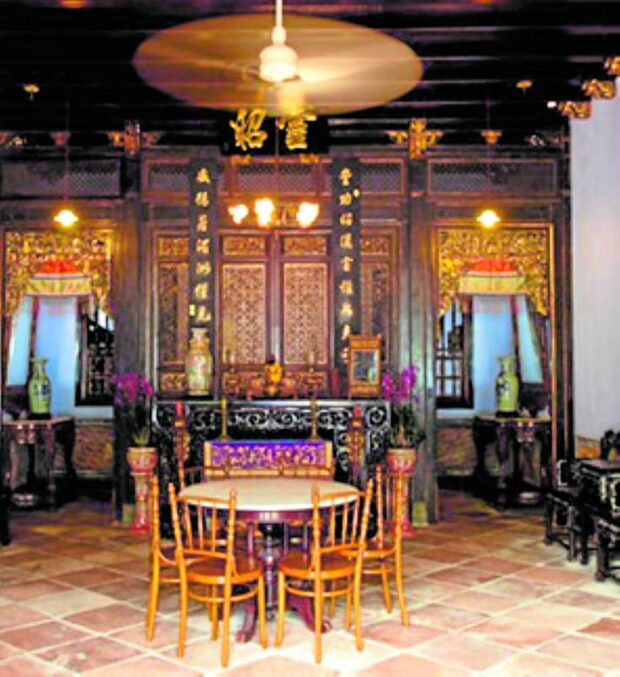
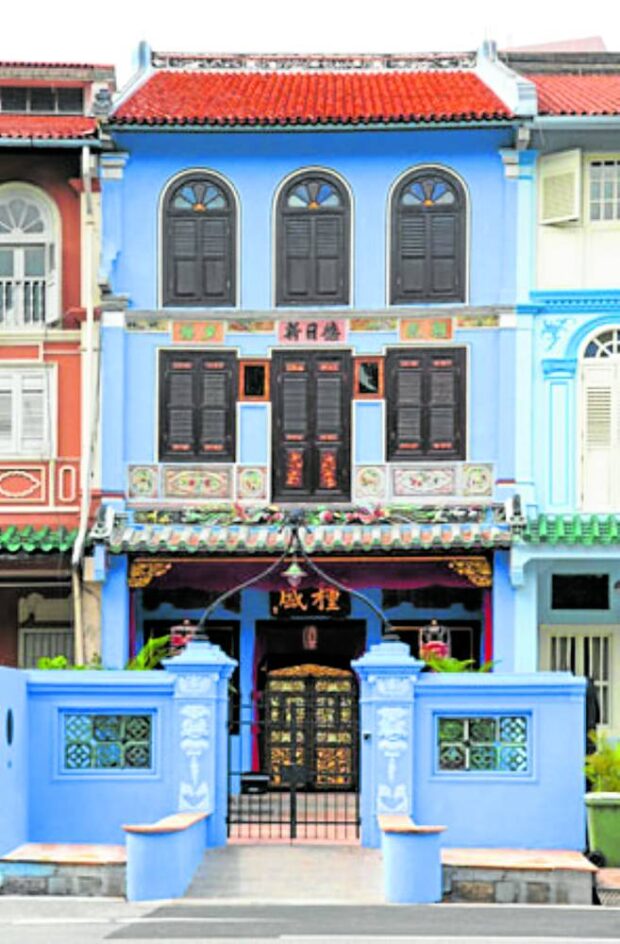
Baba House
Singapore
Probably the first country that comes to mind when one mentions shophouses is Singapore. Neighborhoods around Clarke Quay, Katong-Joo Chiat and Kampong Glam, just to name a few, are home to some of the most charming and well-preserved structures.
Among the country’s prominent shophouses is Baba House at 157 Neil Road. It was said to be built around 1895 and was once the ancestral home of a Peranakan Chinese family. In 2006, it was acquired by the National University of Singapore (NUS) for restoration.
Today, the three-story heritage house serves as a museum. Visitors are greeted by a bright blue facade which is in itself elaborate and rich in details. You’re transported back in time once you step inside with its carefully preserved Peranakan furniture, ornaments and household wares.
Article continues after this advertisement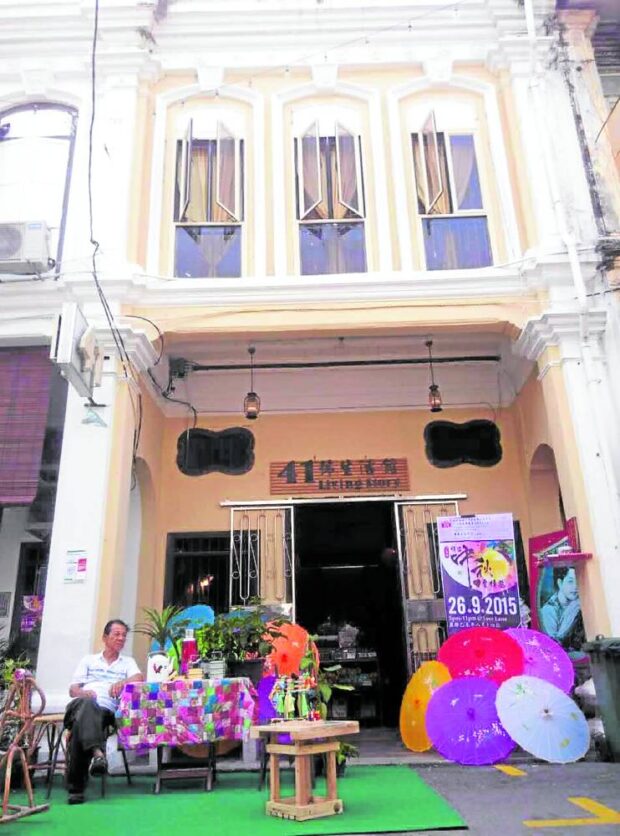
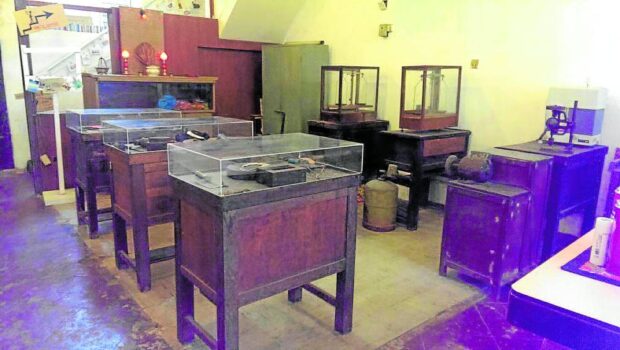
41 Living Story
Malaysia
Article continues after this advertisement41 Living Story is located on Love Lane in George Town, Malaysia. The restored shophouse used to belong to a local goldsmith. The ground level served as his workshop as well as sleeping areas of his employees. His family lived on the upper floor of the two-story structure.
The former occupant’s tools and equipment are displayed in the shophouse’s courtyard area. The house’s history as well as the life story of the former owner are presented on panels which are hung on the walls.
It was used as a souvenir and arts and crafts shop until the pandemic forced the most recent tenants to close shop.
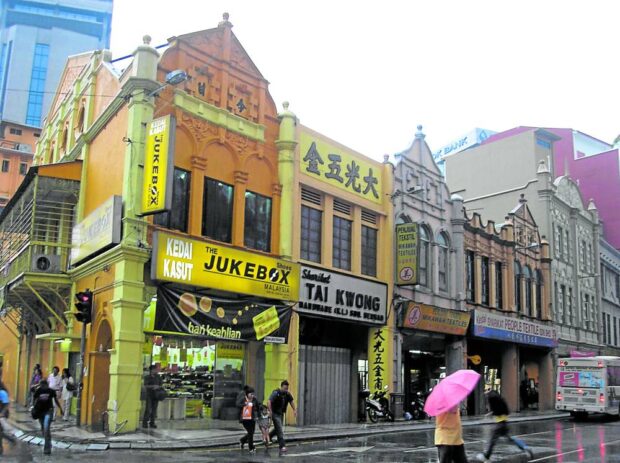
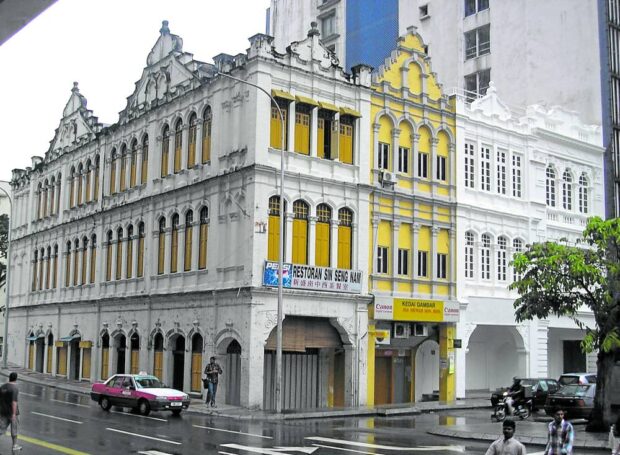
The shophouses of Kuala Lumpur
Malaysia
Built between the 1890s until the 1930s, the old shophouses of Kuala Lumpur are considered an architectural artifact which are unique to the major towns in Malaysia. Architect Junn Ng, a heritage architect in Kuala Lumpur, explained through a video produced by Walkabout Asia how the Malaysian capital’s shophouses were classified into five types, according to era: Straits Eclectic, which was around the 1880s and similar to those from the Straits Settlements (Penang, Singapore); Early FMS Eclectic, which was from the turn of the century, when the British took administration of KL; Late FMS Eclectic, Art Deco and Modern. FMS is short for Federated Malay States.
According to Ng, shophouses whose facades are characteristic of the Early FMS Eclectic and Late FMS Eclectic are considered high in value in terms of their architecture due to the fact that no one carves out such designs anymore.